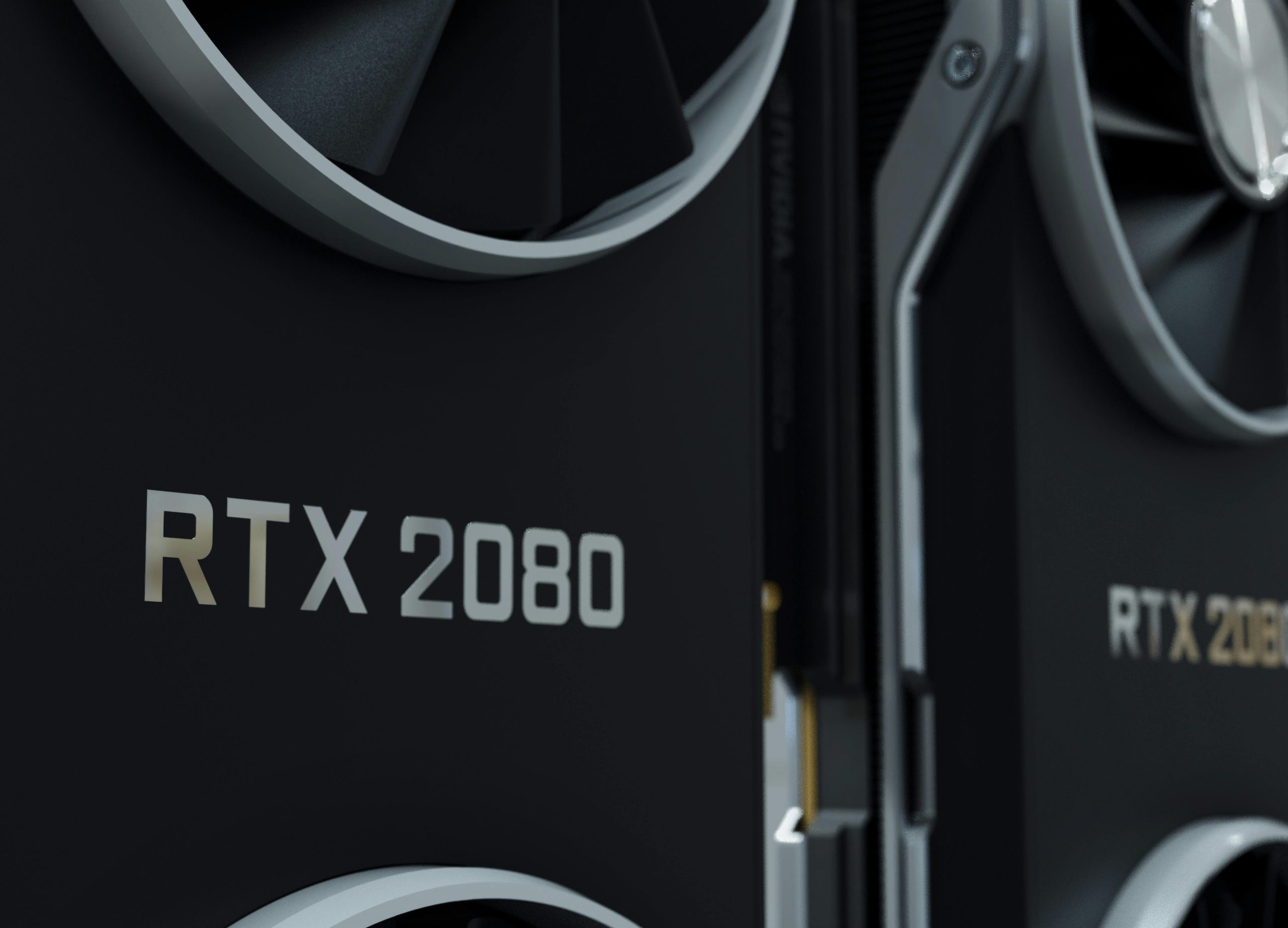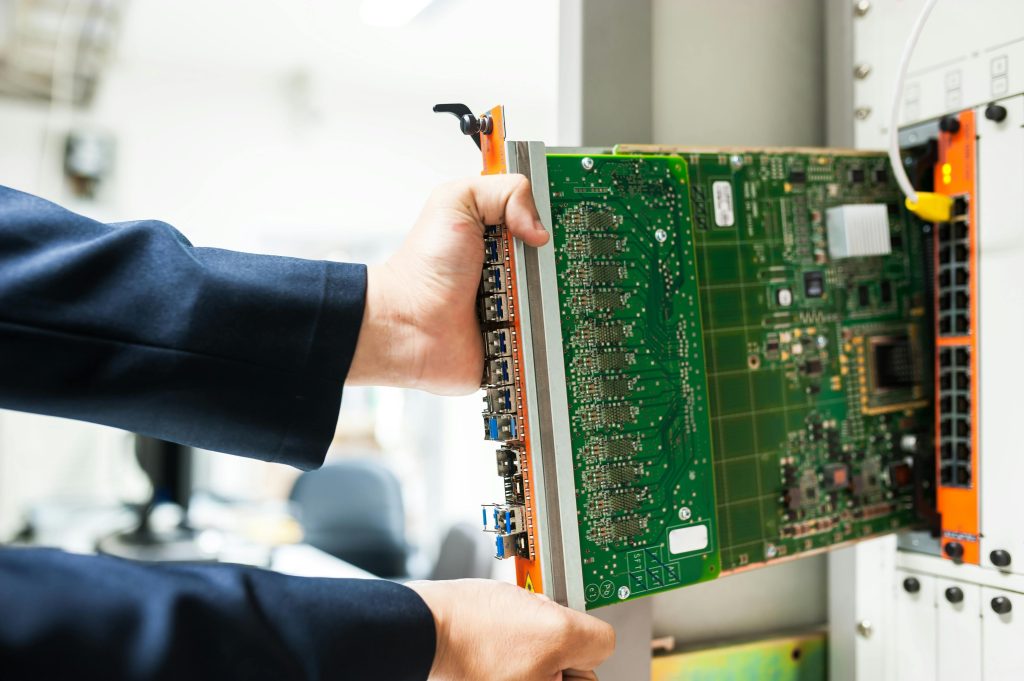Diagnosing a Dead GPU: My Recent Gaming Misadventure
If you’ve ever been in the middle of an intense gaming session, only to have your PC suddenly black out, you know the panic that follows. Recently, I found myself in this very predicament while playing World of Warcraft Classic. Everything was going smoothly until, in the heat of a 40-man raid and amidst a flurry of animations, my computer came to a standstill. Now, I’m on a quest for answers and would love your insights.
The Technical Breakdown
First, let’s go through the specifications of my system:
- CPU: Ryzen 7 3700X (recently acquired, used)
- GPU: RTX 2070 (Inno3D TwinX2, approximately 1.5 years old)
- Motherboard: MSI B450 Pro Max (2 years old)
- RAM: 32GB DDR4
- Power Supply Unit (PSU): Upgraded from 600W to 750W
Initially, I suspected the PSU was at fault since it was over six years old. I checked the wall socket first to ensure it was functioning, and other connected devices powered on without issue. I then swapped the PSU cable, but the problem persisted. After much deliberation and a trip to acquire a new PSU, I connected only the CPU and motherboard. To my relief, the fans began to spin, prompting me to fully install the new unit.
However, when I attempted to power the system on and connect the GPU, there was complete silence—no lights, sounds, or signs of life. I disconnected the GPU to test further and found that upon unplugging and re-plugging the PSU into the wall, the fans powered up once again. To isolate the issue, I decided to test an old GT 9800 GPU lying around. Surprisingly, the PC booted up with that card installed.
The GPU Conundrum
Everything now suggests that my RTX 2070 may have failed dramatically, but the sudden change—from functioning perfectly normal to being a potential energy block—is perplexing. While I remain hopeful that it could be a motherboard issue, I know that validating this can be a challenge.
To make matters clearer, I also used MSI Afterburner not for overclocking but to manage the fan settings more efficiently, as the stock settings were quite erratic. I was curious if tools such as MSI Afterburn
Share this content:



